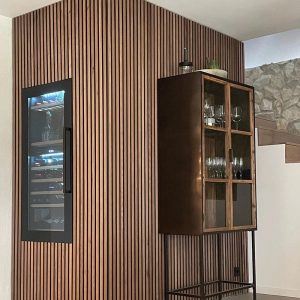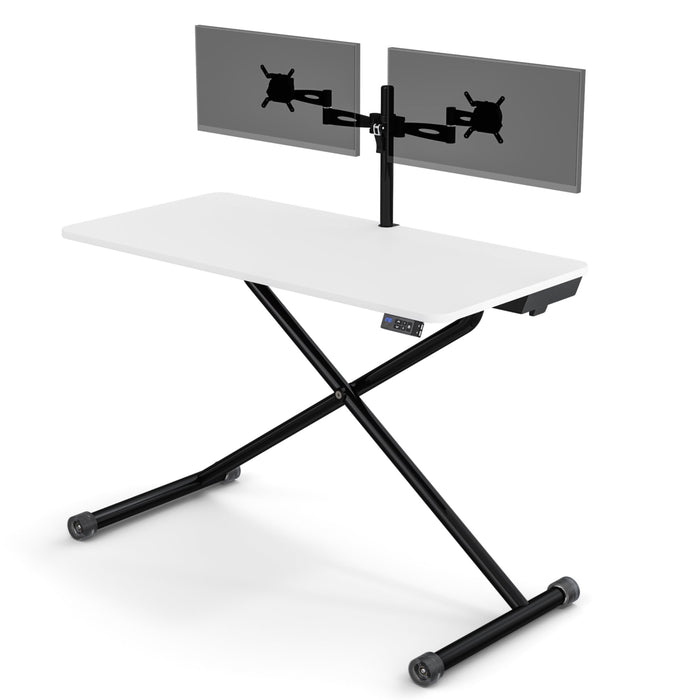In the lively center of London, nestled between the historic districts of Camden, Bloomsbury Area, and Holborn District, lies Forest and Ray Clinic – a hallmark of outstanding service and innovation in oral health services. Serving both the local community and visitors from around the world, Forest & Ray Dental Holborn has become synonymous with top-tier oral services.
In the year 2024, the practice was proudly recognized with a prestigious award from the WhatClinic platform, a validation to its dedication, commitment to customer happiness, and consistent offering of top-tier oral solutions.

A Area Steeped in Vibrancy and Convenience
Situated in one of the city’s most vibrant areas, Forest & Ray Dental Practice benefits from a location rich in history. Camden Town, known for its artistic flair and lively markets, offers a colorful backdrop that perfectly complements the expertise of the practice. The Bloomsbury Area, with its esteemed academic institutions and literary heritage, adds a touch of cultural prestige. Holborn, bridging the West End and the City, brings a lively corporate hub, attracting professionals who value trusted dental solutions near their work locations.
With fantastic accessibility, including major Underground stations and public transport lines, the practice is easily accessible to clients from all corners of London and beyond. The practice’s strategic spot makes it a preferred choice for a broad clientele, from learners and businesspeople to families and foreign travelers.
Comprehensive Dental Services for Every Need
The practice offers a broad array of oral healthcare services, catering to a variety of health, cosmetic, and functional needs. From routine check-ups and cleaning treatments to advanced cosmetic dentistry, orthodontics, and implantology, every service is performed with meticulous attention to detail.
The practice employs cutting-edge equipment, ensuring that clients benefit from the newest advancements in dental science. Digital imaging, minimally invasive techniques, and individual strategies are just a few ways Forest & Ray enhances the client journey.
Commitment to Neighborhood and Beyond
At F&R, local outreach is a key part of the mission. The practice enthusiastically joins in local initiatives, assisting academic efforts and public health drives. By fostering relationships with education centers, businesses, and local associations, Forest & Ray strengthens the unity of the Camden Town, Bloomsbury Area, and Holborn District neighborhoods.
Their influence extends beyond medicine. Whether you are an painter, startup founder, educator, technologist, constructor, artist, accountant, cook, player, gardener, civil officer, nurse, homemaker, hotel operator, IT professional, singer, adventurer, people-centric professional, animal enthusiast, government leader, realtor, leisure enthusiast, academic researcher, religious figure, chemist, shopper, local resident, coder, sports enthusiast, voyager, automobile fan, or global citizen – Forest & Ray Dental Practice stands as a trusted foundation, guaranteeing smiles are as bright and strong as the destinies they help build.
A Patient-Centric Philosophy
Patient satisfaction is at the core of the practice’s approach. Every visit is tailored to personal requirements, emphasizing relaxation, transparency, and knowledgeable options. The approachable and professional team is multilingual and culturally sensitive, reflecting the variety of the city and the broader London population. Each member of the team takes pride in creating an atmosphere where patients feel respected, listened to, and empowered to take control of their oral health journey, offering guidance and support every step of the way.
Information is an essential part of the practice’s approach. Clients are equipped with the knowledge they need to maintain their mouth wellness between visits. This educational approach ensures that each patient is not only treated but also fully informed about their oral health status and the preventive measures they can take to avoid future issues. Preventative care is strongly encouraged, promoting a future of strong teeth, leading to long-term health benefits and enhanced quality of life.
Innovation and Tradition Merged
While Forest & Ray embraces the most contemporary practices in dentistry, it also values the timeless principles of faith, honesty, and service. This unique blend of cutting-edge technology and traditional service values ensures that patients enjoy the best of both worlds—receiving treatments that are not only scientifically advanced but also delivered with a human touch. It is this commitment to balancing innovation with compassion that distinguishes the practice and earns the loyalty of its diverse patient base.
The practice continually invests in training and improvement, ensuring that all staff stay at the cutting edge of their careers. Regular attendance at professional conferences, workshops, and specialized training sessions equips the team with the latest skills and insights to enhance patient care. This commitment to lifelong learning benefits patients through access to cutting-edge treatments delivered with a time-honored sense of genuine concern that makes each visit comfortable, trustworthy, and efficient.
Exploring Camden Town, Bloomsbury Area, and Holborn
Clients visiting the dental center have the added bonus of experiencing some of the city’s most intriguing neighborhoods. From the legendary British Museum in the Bloomsbury Area to the vibrant Camden Market and the heritage-rich Inns of Court in Holborn District, there is no shortage of cultural, academic, and entertainment opportunities nearby. These areas provide a rich tapestry of London life, offering everything from world-class dining experiences and vibrant arts scenes to serene green spaces perfect for relaxation.
The area is also home to a thriving dining world, beautiful green spaces like Russell Square and Lincoln Gardens, premium retail centers, and vibrant music and arts venues. Whether you’re a local resident or a international guest, combining your oral treatment with a day discovering these amazing neighborhoods is a memorable adventure that leaves a lasting impression and makes every dental appointment something to look forward to.






